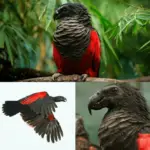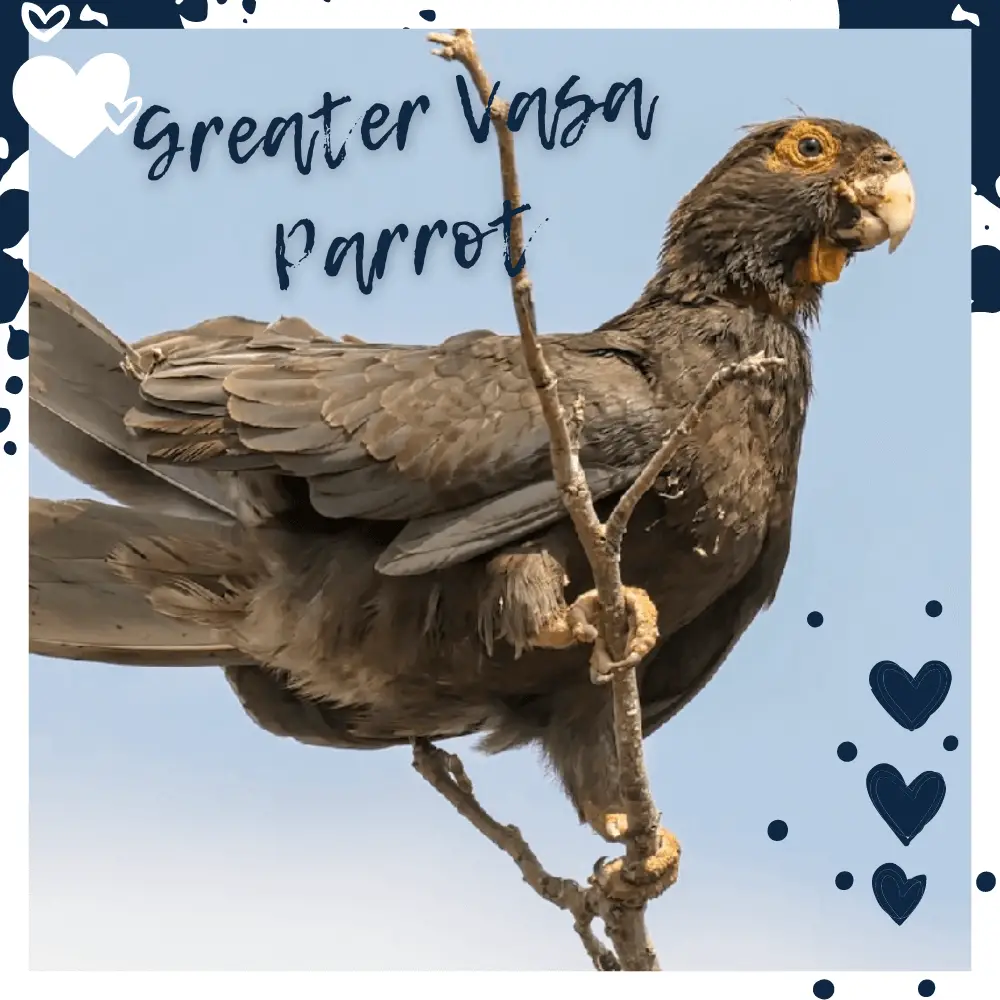
Greater Vasa Parrot (Coracopsis vasa) 50 cm. Dark brown, slightly lighter on underparts with pale grey under tail-coverts, greyish wing-coverts, and edges to primaries; rosy grey bare area on the face.
Bill light brown when breeding, dark grey otherwise. Some breeding birds lose most head feathers to reveal yellow or orange skin.
Immature generally more brownish, bare area on face smaller. Race drouhardi slightly paler and smaller; comorensis paler, with brown under tail-coverts.
- LC Least Concern
- Names (14)
- Subspecies (3)
Systematics History
Editor’s Note: This article requires further editing work to merge existing content into the appropriate Subspecies sections. Please bear with us while this update takes place.
Sometimes placed in genus Mascarinus. Three subspecies were recognized.
GREATER VASA PARROTS – These birds are amazing.
SOURCE: Daybird Aviaries
Subspecies
Introduced (presumably nominate race) to Reunion I, but apparently died out.
SUBSPECIES
Coracopsis vasa comorensis Scientific name definitions
Distribution
Ngazidja (Grand Comoro), Mwali (Mohéli) and Ndzuani (Anjouan), in Comoro Is.
SUBSPECIES
Coracopsis vasa drouhardi Scientific name definitions
Distribution
N, W and S Madagascar.
SUBSPECIES
Coracopsis vasa vasa Scientific name definitions
Distribution
E Madagascar
Distribution
Editor’s Note: Additional distribution information for this taxon can be found in the ‘Subspecies’ article above. In the future, we will develop a range-wide distribution article.
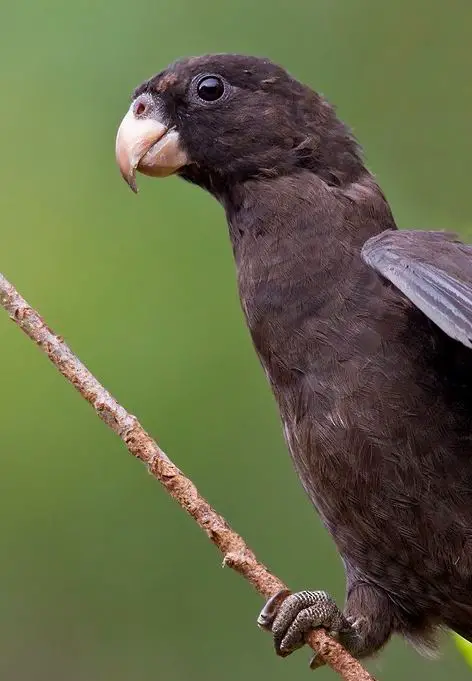
Greater Vasa Parrot
Habitat
Less tied to the forest than C. nigra, present in humid and deciduous forests, coastal plains with coconut plantations, savannas including Medemia palm savanna with scrub and relict forest, ricefields and other cultivations adjacent to woodland, and sub desert areas, noted alighting on the ground on sandbanks. Generally only to 1000 m.
Movement
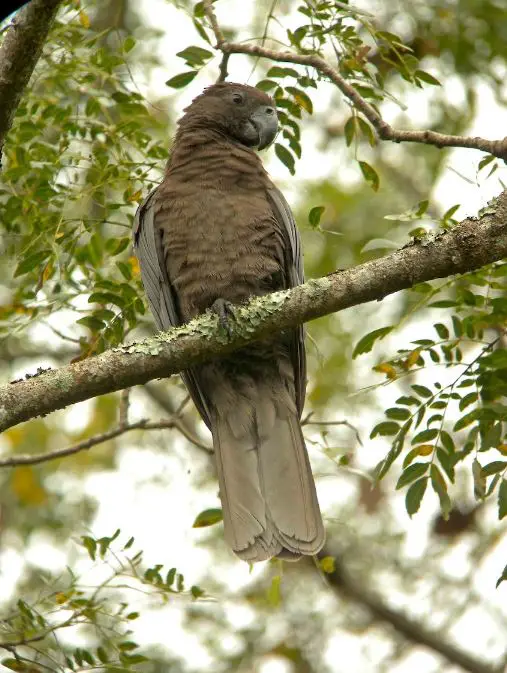
Greater Vasa Parrot
Probably sedentary, but moving locally in search of food. Birds often fly very high over the forest, sometimes by moonlight.
Diet and Foraging
Fruits (in one case Cussonia), berries, seeds. More granivorous than C. nigra, capable of eating maize on the stalk.
Sounds and Vocal Behavior
Quite vocal, with an extensive repertoire of screeches, nasal grating calls, and pure whistles. Often utters phrases comprising very varied short whistles given at a constant pace, sounding quite melodious.
Breeding
Oct–Jan. In W Madagascar uses baobabs and several nests can be simultaneously active in the same tree. Eggs three; in captivity, incubation 17 days, nestling period 45–49 days.
Conservation Status
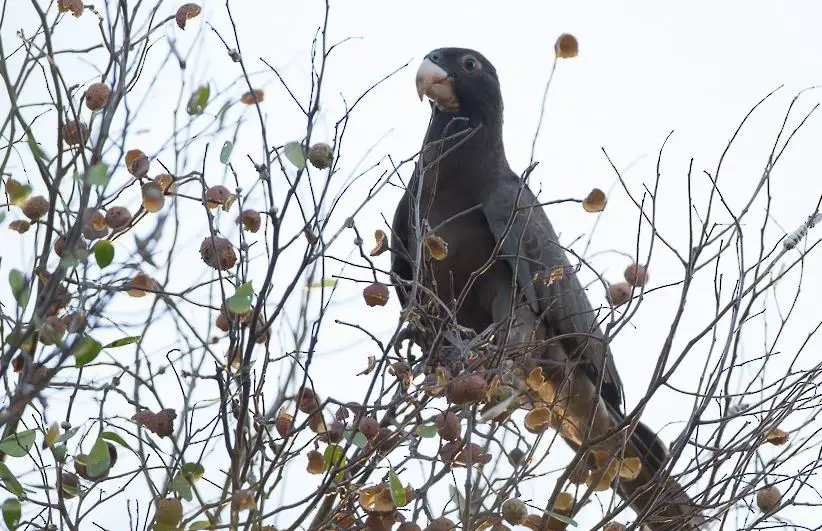
Greater Vasa Parrot
Conservation status on BirdlifeLC Least Concern
Not globally threatened. CITES II. Commoner than C. nigra in W Madagascar. Listed for 28 protected areas in Madagascar, and still fairly common in many areas.
Causes some crop damage, and often persecuted in S. Hunted for food, taken for trade, and officially listed in the 1970s as a pest species;
there is now concern that levels of exploitation are excessive, owing to the zeal with which the birds are trapped by the Betsimisaraka people, who resent their raids on ricefields. Relatively common on Comoros.
Introducing: Chocobo, a Greater Vasa Parrot
SOURCE: IraLeeMusic


